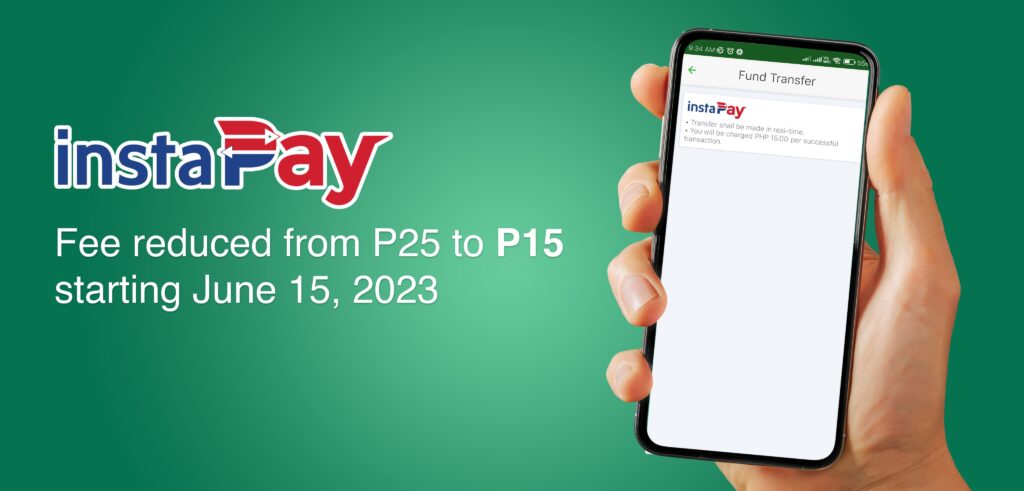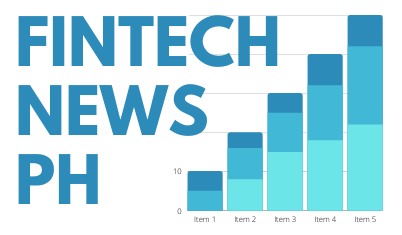If you’ve ever had an online transfer rejected because it “exceeds the transaction limit,” you know how frustrating it can be — especially when you need to move money quickly.
By 2025, most banks and e-wallets in the Philippines have clear limits for InstaPay, but they aren’t always the same. For consumers, understanding how much you can send per transaction, when to switch to PESONet, and how GCash fees come into play has become essential.
This article serves as a practical guide to help you navigate InstaPay transfer limits, learn where different banks and wallets stand, and understand how new tools like QR Ph make everyday cashless payments smoother.
InstaPay vs. PESONet: What’s the real difference in 2025?

Before we dive into limits, let’s set the stage with the two systems that dominate digital transfers in the Philippines: InstaPay and PESONet.
- InstaPay is designed for speed. Funds arrive almost instantly — usually within just a few seconds — making it perfect for urgent payments like paying your child’s tuition fee or covering a last-minute online shopping checkout. But because of its instant nature, banks and e-wallets often cap transaction amounts to manage risks.
- PESONet, meanwhile, works more like a digital check. It’s not instant, as transactions typically clear by the next banking day. But it allows larger amounts, sometimes up to several million pesos per transfer, depending on the bank.
By 2025, many Filipinos use both systems strategically. InstaPay covers day-to-day needs, while PESONet becomes the go-to for bigger business payments, down payments, or major purchases.
InstaPay transfer limits per transaction: How far does ₱50,000 go?

In 2025, the Bangko Sentral ng Pilipinas (BSP) maintains a general guideline that InstaPay transfers are capped at ₱50,000 per transaction. However, banks and e-wallets interpret this differently, adjusting daily or monthly caps based on their risk appetite.
- BPI allows up to ₱50,000 per InstaPay transaction, but daily cumulative limits can apply for security reasons.
- GCash, for fully verified users, still maintains a monthly wallet limit of ₱100,000 unless upgraded to GCash Plus. Even if InstaPay allows ₱50,000 per transaction, you may hit your wallet cap first.
- UnionBank and Maya also align with the ₱50,000 cap but give users higher daily ceilings if accounts are fully verified.
So, how far does ₱50,000 go in real life? Think paying a month’s rent in Metro Manila, sending tuition fees for one semester, or covering a family’s grocery budget for weeks. But for bigger purchases, you’ll need PESONet.
The truth about InstaPay fees and hidden GCash fees

Even when limits work in your favor, fees can sneak up on you. By mid-2025, many banks, including BPI, lowered their InstaPay fees to around ₱10 per transaction, down from ₱25 in previous years. While that’s more affordable, frequent transfers still add up.
GCash fees are another area to watch. Sending money to another GCash user may be free, but transferring to a bank via InstaPay usually costs ₱10 to ₱15.
For someone who sends funds daily — for example, parents supporting kids in college—those fees can eat into budgets.
One way around this is to pay merchants directly using QR Ph (more on that later). By doing so, you skip fees entirely since merchant payments are free for consumers.
When PESONet becomes the smarter choice for bigger payments
For high-value transactions, PESONet often beats InstaPay. Since InstaPay limits you to ₱50,000, transferring ₱200,000 would require four separate transfers — and four separate fees.
With PESONet, you can send the entire amount in one go, usually without breaking the bank on fees.
For example:
- Buying a second-hand car worth ₱350,000? InstaPay would require seven transfers (and about ₱70 in fees). PESONet does it in a single transaction.
- Paying a business supplier? PESONet avoids the hassle of splitting amounts.
The trade-off is speed. PESONet transfers may take hours or even overnight. For urgent bills, InstaPay still wins. But for planned payments, PESONet is clearly the smarter choice.
QR Ph explainer: How unified QR codes make transfers easier
Now, what about QR Ph? This system, rolled out nationwide by the BSP, standardizes QR codes across banks and e-wallets. By 2025, QR Ph has become the preferred way to pay merchants, from coffee shops to palengke stalls.
Here’s why QR Ph matters in a discussion about limits and fees:
- Payments via QR Ph are free for consumers, unlike some person-to-person InstaPay transfers.
- Since merchants shoulder the minimal transaction cost, you avoid stacking up fees when paying businesses.
- It also reduces the need for workarounds like sending money to a friend’s GCash (and paying a fee), only to have them pay the store.
In short, QR Ph keeps things seamless and budget-friendly while helping you stay within transaction limits.
Why InstaPay transfers fail and how to avoid them
Failed transfers are more common than you think, especially when users aren’t aware of their bank’s unique rules. Typical reasons include:
- Exceeding per-transaction or daily limits (e.g., trying to send ₱60,000 in one go).
- Wallet caps for e-wallets like GCash (₱100,000/month unless upgraded).
- System downtimes, which still occur during peak hours.
To avoid failed transfers:
- Double-check your remaining daily or monthly limits before sending.
- Consider splitting payments strategically across InstaPay and PESONet.
- Keep track of wallet caps—GCash users often forget that even incoming funds count toward the limit.
Being aware of these helps prevent embarrassing delays, especially when paying rent or tuition fees.
Everyday scenarios: Using InstaPay, PESONet, and QR Ph in real life

Let’s put this into perspective with some real-life scenarios:
- Scenario 1: Paying Rent
Your rent is ₱25,000. InstaPay works perfectly since it’s under the limit, and the ₱10 fee is worth the instant posting. - Scenario 2: Tuition Fees
Your child’s tuition is ₱120,000. InstaPay would require three transfers, so PESONet is the smarter choice. - Scenario 3: Market Shopping
You’re at the palengke and the fish vendor now accepts QR Ph. No fees, no coins, and no stress.
These scenarios show why most Filipinos in 2025 use a mix of all three systems depending on the situation.
Mastering InstaPay in 2025: Balancing speed, limits, and fees
InstaPay remains a lifeline for fast, convenient transfers in the Philippines, but its limits mean it can’t do everything. PESONet fills the gap for bigger payments, while QR Ph simplifies daily transactions without extra charges.
The key to mastering cashless payments in 2025 is to understand each system’s strengths:
- Use InstaPay for urgent, under-₱50,000 transfers.
- Switch to PESONet for larger, planned transactions.
- Rely on QR Ph for fee-free, everyday merchant payments.
By knowing your limits — and watching out for GCash fees — you save time, money, and frustration.

